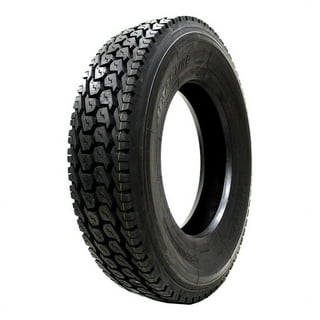Tire Service: Understanding Tire Stress Tracking Equipments
Comprehending Tire Stress Surveillance Equipments (TPMS) is an important facet of maintaining optimal lorry performance and security on the roadway. With developments in vehicle modern technology, TPMS has become a standard feature in modern lorries, giving real-time details on tire stress levels.

Value of TPMS
The relevance of Tire Pressure Monitoring Systems (TPMS) depends on their ability to boost lorry safety and security and efficiency via real-time surveillance of tire stress degrees. Keeping the right tire stress is crucial for making sure optimum handling, stopping, and general safety and security of a vehicle. TPMS gives drivers with immediate comments on any type of underinflated or overinflated tires, allowing for prompt changes to be made.
Elements of TPMS
Consisting of different important components, a Tire Stress Surveillance System (TPMS) functions as a sophisticated safety and security attribute in contemporary vehicles. The main elements of a TPMS consist of sensing units, a control component, and a warning indicator. Sensors are normally situated in the tire shutoff stem or attached to the wheel assembly, where they determine tire pressure and transfer information to the control component. If it discovers significantly reduced stress in any of the tires, the control module procedures this information and sets off a caution. The caution indicator, usually a sign on the control panel, informs the motorist to examine the damaged tire or tires. Some progressed TPMS designs likewise display the actual tire pressure readings for each tire, providing chauffeurs with real-time info to make certain optimum tire performance and safety and security. By checking tire pressure continually, TPMS helps prevent accidents, minimizes tire wear, and improves gas efficiency, making it a crucial element for automobile safety and performance.
Kinds Of TPMS

On the various other hand, indirect TPMS relies upon the vehicle's wheel rate sensing units to monitor tire pressure. This system spots underinflation by contrasting the rotational speeds of the wheels. Indirect TPMS is less expensive than straight TPMS, as it makes use of existing sensors within the automobile.
While direct TPMS supplies a lot more exact readings, indirect TPMS is simpler in style and typically calls for much less maintenance. Both systems have their advantages and restrictions, and the selection in between them often depends on factors such as cost, car make, and personal preference. Understanding the differences between these two kinds of TPMS can aid lorry proprietors make educated choices pertaining to tire upkeep and safety and security.
TPMS Maintenance Tips
Conduct routine checks on the tire pressure degrees and contrast them with the TPMS readings to ensure they are regular. During tire turning or replacement, make certain that the TPMS components are taken care of thoroughly to stop any kind of potential damage. If the TPMS alerting light illuminates on the dashboard, deal with the problem immediately by examining the tire stress and the total system for any kind of mistakes.
Advantages of Correct Tire Stress
Keeping appropriate tire pressure, as stressed in TPMS Maintenance Tips, is important for reaping the many advantages associated with optimum tire pressure levels. In addition, proper tire pressure makes certain visit this web-site even tire wear, prolonging the lifespan of the tires and advertising more secure driving conditions. In verdict, the benefits of correct tire pressure go past just tire longevity; they incorporate improved fuel learn this here now performance, enhanced safety and security, far better car efficiency, and general driving convenience.
Verdict
In final thought, comprehending tire stress tracking systems (TPMS) is vital for preserving optimal tire stress and making sure car security. By recognizing the significance of TPMS, knowing with its elements, recognizing the various types offered, adhering to appropriate upkeep ideas, and recognizing the advantages of keeping proper tire pressure, motorists can improve their driving experience and extend the lifespan of their tires. Appropriate tire stress is crucial to effective and risk-free automobile procedure.
